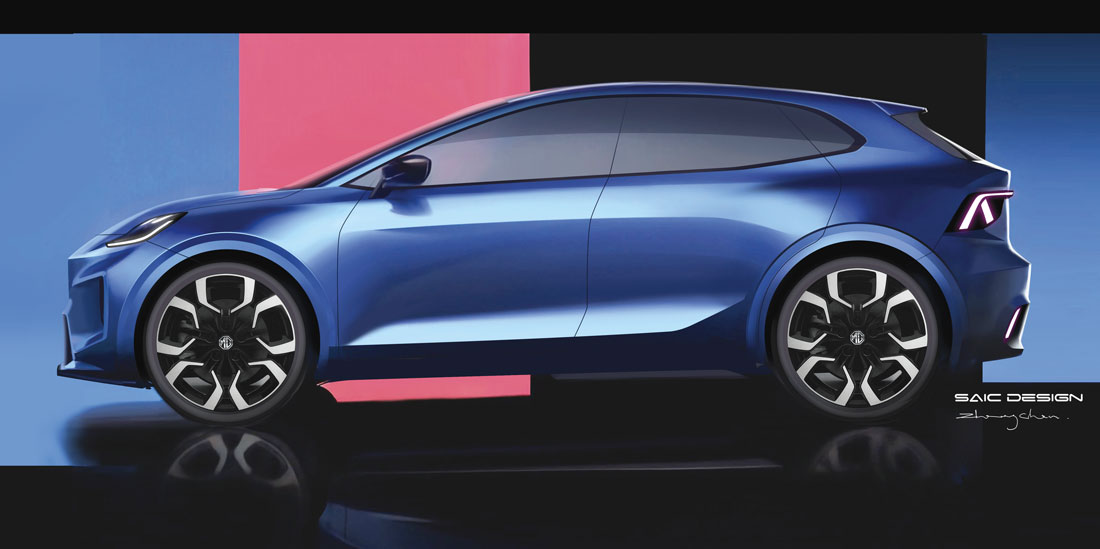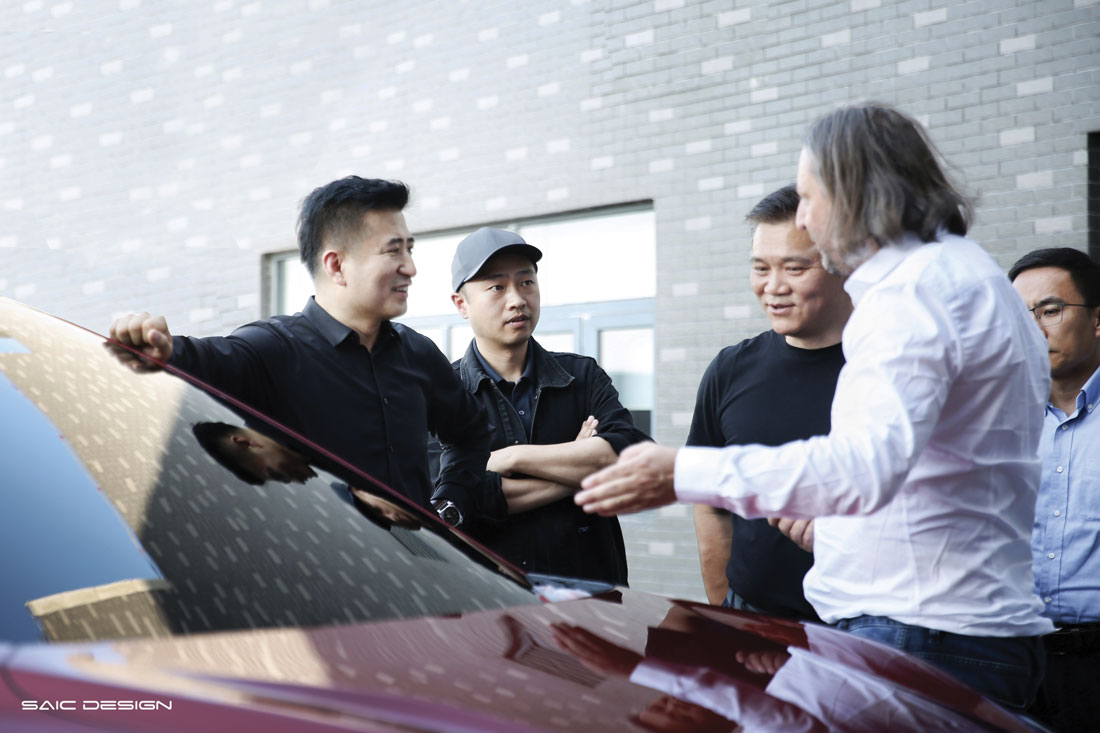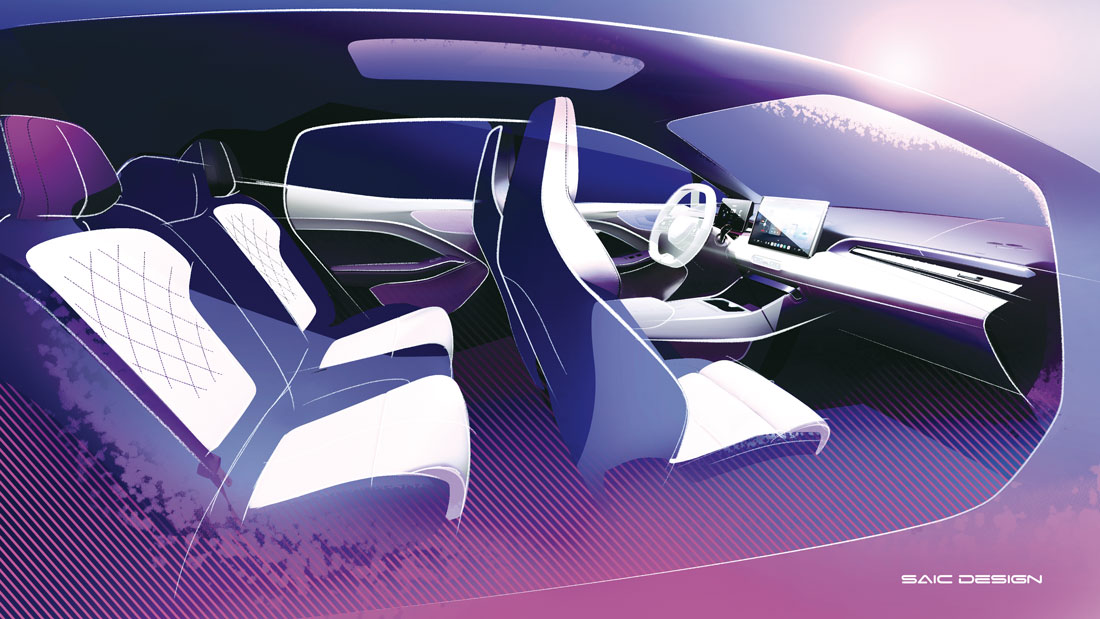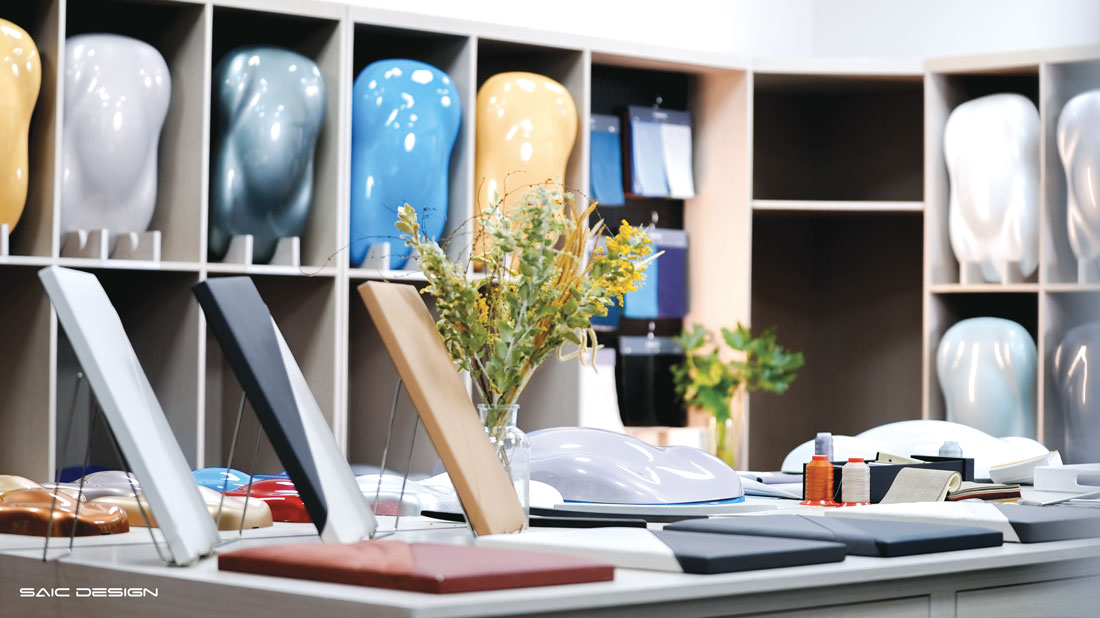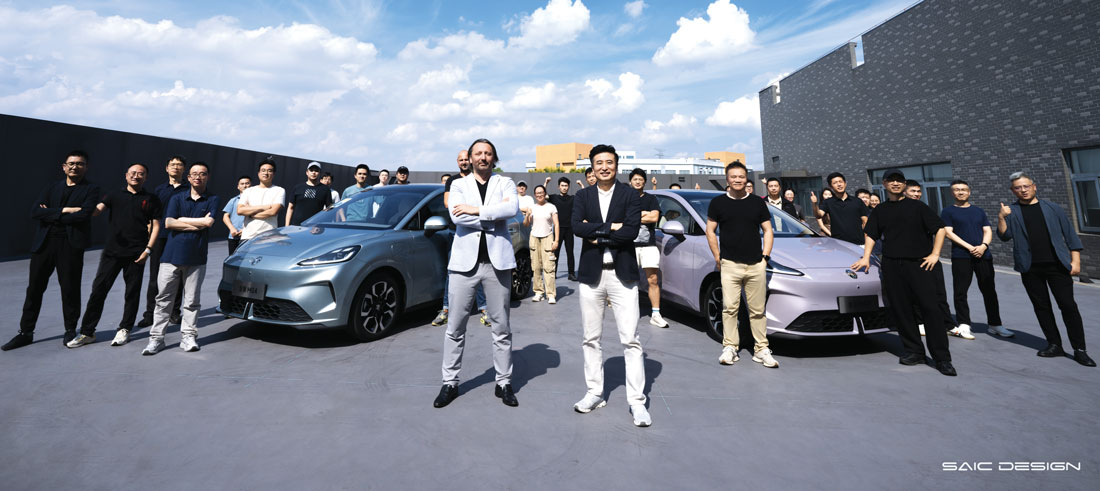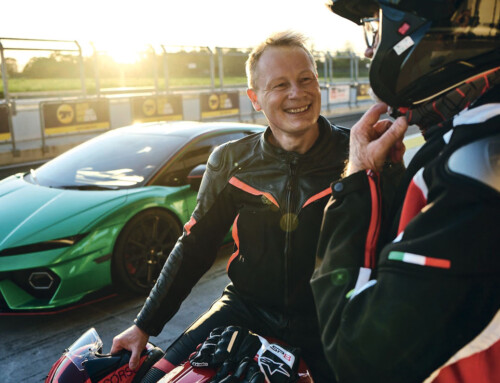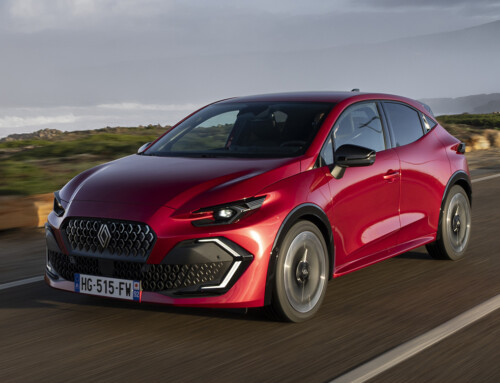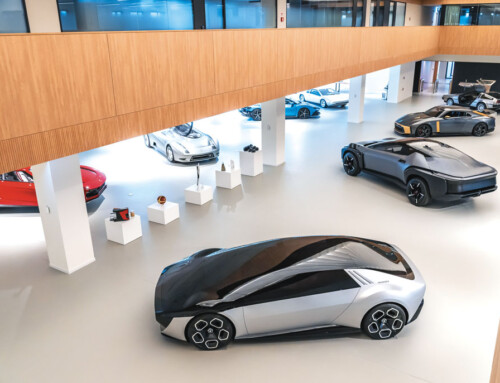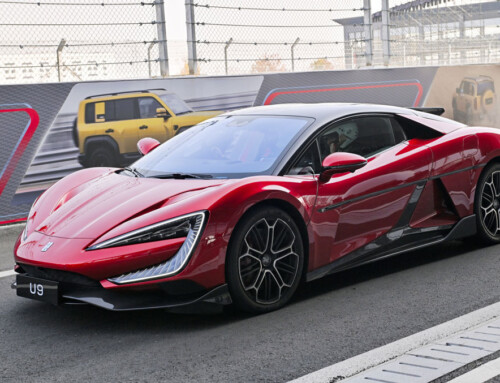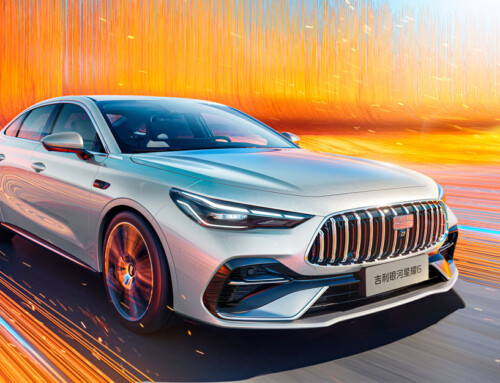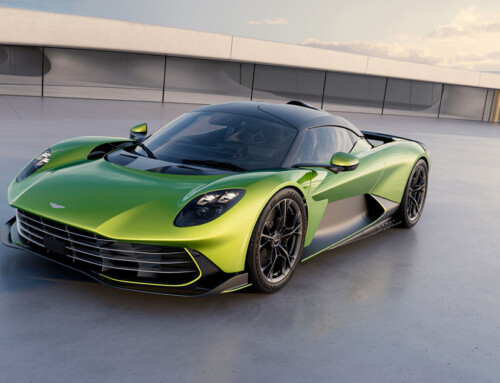In today’s automotive landscape, design has long outgrown its mere functional purpose. It has become a powerful medium for expressing a brand’s philosophy and evoking emotion. Against this backdrop, the new MG4 marks an important milestone for SAIC’s Design Centre, under the direction of Shao Jingfeng. The MG4 sees the début of a new stylistic language called “Emotional Design Aesthetics” whose aim is to redefine the standards of one of the most competitive and crowded areas of the market, that of compact electric SUVs.
A perfect blend of British sports car tradition and the aesthetics of zero-emission mobility, the MG4 is a product of the philosophy that seeks to do more than just grab the attention with eye-catching looks. The focus is equally on ergonomics and functionality with a human-centric approach that can be summed up in the motto “pleasing to the eye and easy to use”. Shao Jingfeng’s team has worked to create not just a means of transport, but an object that fuses technology with a distinctly human touch.
In defining the exterior, the design team set out to accentuate the car’s sense of dynamism, drawing inspiration from traditional British sports cars. This spirit is evident in the front end, which echoes the MG Cyberster, with its closed grille and aggressively contoured headlights suggestive of a predator ready to pounce on its prey. The illuminated MG logo in the centre of the bonnet adds a futuristic flair, making it look at night like something out of a sci-fi film.
The side view reveals the generous wheelbase which contributes to the roomy cabin. At the same time this lends the body momentum and presence. Great attention was paid to aerodynamic efficiency, the front air intakes, sleek lines and tapered roof ending in a spoiler that increases stability at high speeds and contributes to a Cx of just 0.28.
The interior of the new MG4 puts the emphasis on concepts like technology, practicality and refinement. The dashboard design is inspired by the wings of a swan, with the upholstery extending harmoniously and naturally from the central touchscreen to the sides of the car. The dynamic shapes found inside are designed to convey agility, dynamism and a youthful character, without sacrificing its family vocation, which remains ever-present.
Full content in Auto&Design no. 275 – Browse it on A&DCollection



